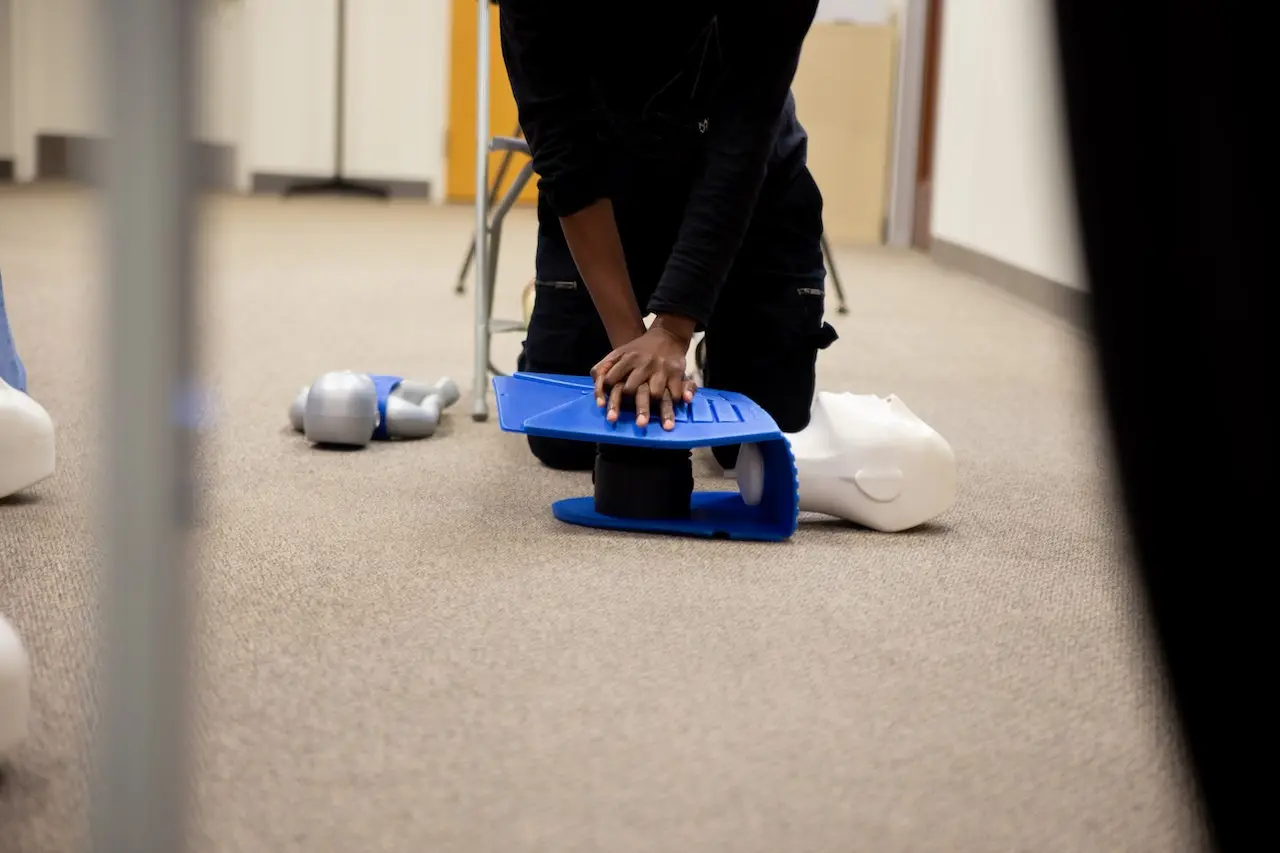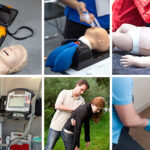CPR (Cardiopulmonary Resuscitation) is a vital life-saving skill, but can anyone take this course? Have you ever wondered ‘What is the age limit for CPR certification?’ As we discover more about the CPR certification, we will find out if there are age limits and the reasons for it. This life-saving course does involve certain techniques which may be difficult for children. But CPR understanding is useful at any age. When should you teach a child about CPR, and how effectively can they help a person in cardiac arrest? The most intriguing question here is whether children can understand and execute CPR techniques and how you can teach it to them.
Is There an Age Limit for CPR Certification?
No, there may be no age limit for CPR certification. No matter their age, anyone can study and become a licensed bystander. However, it’s advocated that youngsters under nine do not take a certification in CPR.
In most countries, there may be no age limit for obtaining CPR certification. CPR schooling is useful to everyone who can realize the statistics and may carry out the procedure effectively. Many faculties provide CPR training to students in their fitness education packages. However, a few groups may require participants to be a minimum of 14 or 16 years old for certification. There is no upper age limit for taking this course.
Read More: https://cprcare.com/how-aeds-save-childrens-lives/
Can children Learn and Perform CPR?
Yes, kids can perform CPR (Cardiopulmonary Resuscitation) if they have the physical capacity for chest compressions. CPR is a life-saving technique that could assist someone who has no heartbeat. It includes giving chest compressions and rescue breaths to keep the blood and oxygen flowing until medical assistance arrives. Children can learn CPR skills by taking a CPR course or training programs provided in schools or groups.
Most sources recommend that children as young as 9 can research and perform CPR with adult supervision. However, kids under nine might not have the physical energy or abilities to carry out effective CPR. Chest compressions in CPR need energy, and children may not have that. Youngsters need to recognize when to call 911 for assistance and to apprehend simple first aid techniques, including forestalling bleeding or treating burns. CPR is not just about delivering rescue breaths and chest compressions. A child can take away essential things from this course as well.
Read More: https://cpraedcourse.com/blog/cpr-for-teachers-students-school-staff/
How to Teach CPR to Your Child at Home?
To teach CPR to your toddler at home, do the following:
- Find a CPR class designed that allows children and their families. Most online platforms can help you with a class that both you and your child can attend.
- Explain the purpose and importance of CPR. Some children learn things after understanding the seriousness of the situation, while others like to pretend to play. You must find the right way to communicate the course to your child.
- Demonstrate the steps of CPR and allow your child to practice on a manikin. You can even join the practice and help them with blended courses.
- Teach your children to identify signs of cardiac arrest and the importance of calling 911. While they do not have the physical strength to help a patient, their presence of mind could also save a life.
- Practice often to enhance the approach and keep the techniques fresh in your child’s mind.
What is the upper age limit for taking a CPR and AED certification?
There is typically no upper age limit for taking a CPR certification. Even older adults can take these life-saving courses. CPR and AED training are valuable for people of all ages, as cardiac arrest can happen to anyone. Age and working out no longer safeguard you against this ailment.
The key factors for CPR and AED certification are the ability to physically perform the required techniques and a willingness to learn and help others in emergencies. Many organizations and training centers offer CPR and AED courses that are accessible to older people, and they can often adapt the training to suit the needs and physical capabilities of the participants.
Conclusion
Now you know the answer to the question: what is the age limit for CPR certification? While children below the age of 9 should know the importance of 911 in an emergency, they may not have the strength to give CPR. Children are good at grasping new things and learning fast. They do not discriminate and willingly help others. Hence, incorporating such courses or learning in their studies will help everyone in the future.







